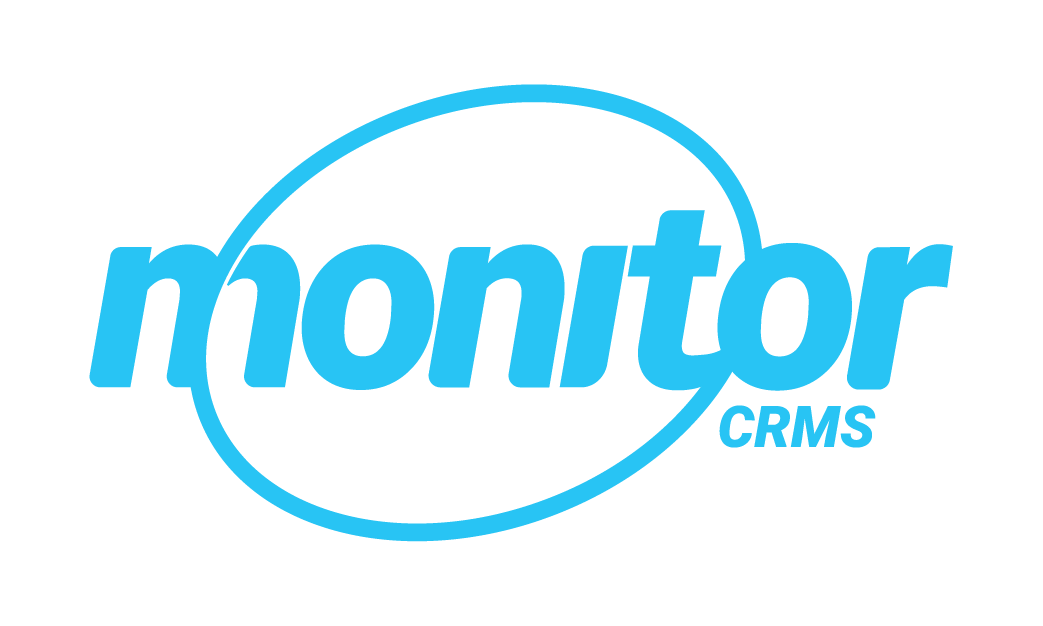Case Study: Enhancing Disaster Response and Business Resilience in Moreton Bay
Moreton Bay City, Queensland, Australia
Challenges and Insights:
In early 2022, Moreton Bay businesses endured significant disruptions due to rolling floods, necessitating timely communication for recovery from one of Australia's most severe flood events. Australian Red Cross highlights that during a disaster, nearly 45% of small businesses may not receive necessary support due to a lack of information and coordination. Additionally, the Australian Business Roundtable found that 80% of businesses affected by a natural disaster either do not reopen or fail within two years. While there are often diverse, extensive and valuable business supports after a disaster, the decentralised delivery by various government agencies poses challenges for highly stressed small businesses trying to locate relevant assistance quickly and easily.
Strategic Approach:
City of Moreton Bay Council strategically utilised ABR data via Monitor CRMS, validating business addresses with the unique geo-location features. Geolocating addresses helped understand weather event impacts on local businesses, identifying those needing direct communication. Through this process, Council found one in five businesses in catchment alert areas for direct disaster impacts.
During the 2022 floods, Council identified nearly 2,000 businesses in 31 upstream risk areas. Council used data-driven prioritisation to support flood-affected businesses, offering targeted assistance and timely information for recovery. Identifying the most impacted business types, Council created a concise Flood Recovery - Business Support and Resources document. Council utilised the CRM to identify local businesses outside flood areas reliant on the affected road network, reaching 15,320 businesses with tailored flood support information, achieving a 43% open rate, over double the industry benchmark for Government.
Furthermore, using the data rich information in Monitor CRMS, City of Moreton Bay gained insights into Catchment Alert Groups, traditionally focused on residential areas. By incorporating economic development perspectives, Council broadened disaster mapping to include commercial areas. Future planning will encompass commercial areas more comprehensively.
By overlaying CRM data with other disaster mapping, such as the buildings at threat dataset, Council discovered that approximately 18% of nearly 3,000 buildings under potential threat during the 2022 floods were business premises. Business Resilience Officers could then be deployed in an extremely targeted way.
Remarkable Resilience:
Despite expectations based on the Australian Business Roundtable's findings, City of Moreton Bay experienced a remarkable outcome in GST cancellation rates post-flood events. Contrary to projections of a significant increase, the fourth quarter of FY 21/22 saw only a 1.97% cancellation rate, demonstrating substantial business resilience compared to previous years. Further evaluations will assess one and two-year business survival rates in flood-affected areas.
This approach and outcomes were recognised at the National Economic Development Awards 2023, with the City of Moreton Bay taking home the award for Economic Recovery & Resilience.
Pictured: Kerrianne Haggie, City of Moreton Bay (left); Daley Thompson, Monitor CRMS (right)


